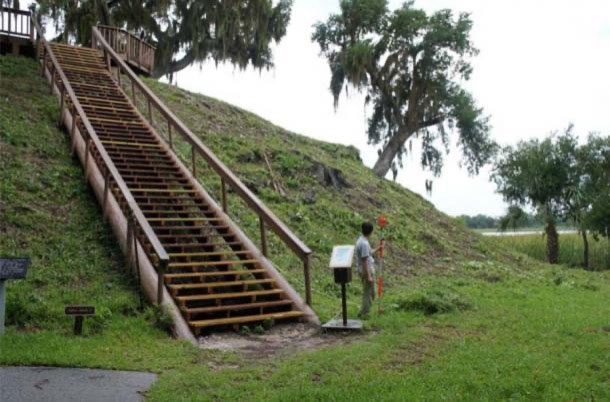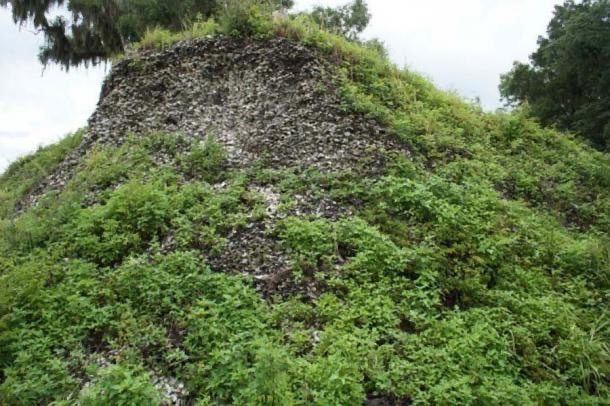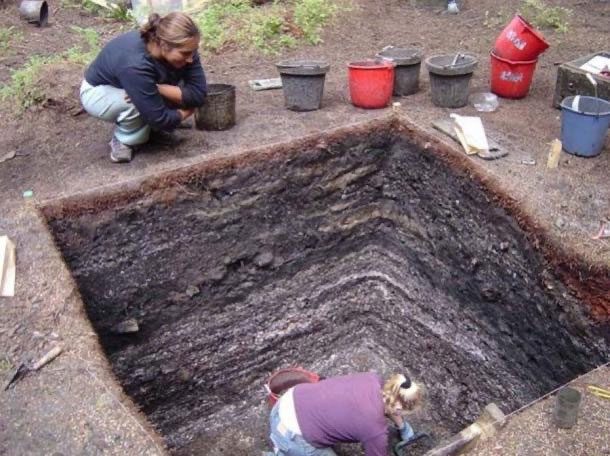Indigenous communities in pre-colonial Australia and North America harvested and consumed oysters in large quantities. However, this massive consumption did not lead to the collapse or extinction of oyster populations.
The oyster fishing industry during the pre-colonial period yielded remarkable oyster harvests that were sustainably managed over thousands of years through intensive practices.
A study conducted by anthropologist Torben Rick from the Smithsonian National Museum of Natural History and anthropologist Leslie Reeder-Myers from Temple University primarily focused on the history of oyster harvesting in eastern Australia and the coastal regions of the North American Pacific, Atlantic, and Gulf of Mexico. To gather these results, the two researchers combined historical records of oyster fishing with archaeological data on the distribution diversity of oysters in different regions, as well as historical issues from indigenous communities.
Oysters play a significant role in the culture and cuisine of Australian and American communities. The researchers also pointed out that modern oyster harvests and degraded coral reefs could be revitalized by applying extensive knowledge from ancient indigenous communities in managing this resource.
According to The Guardian, nearly 85% of the oyster reef area dating back to the 19th century worldwide has been lost in the past 200 years.

This is a massive shell mound, primarily made up of oyster shells, located in the Crystal River area of Florida. Source: Victor Thompson / Smithsonian)
According to CNN, researchers have documented mounds in both the U.S. and Australia containing literally billions of oyster shells. Mound Key on the Gulf Coast of Florida has the highest number of oyster shells, with approximately 18.6 billion shells consumed by the Calusa tribe. The largest mound reaches up to 9 meters and was used as part of important rituals. The oldest mound located between California and Massachusetts dates back nearly 6,000 years, and some other mounds have been continuously used for over 5,000 years.
Professor Ian McNiven, a research collaborator, stated that along the Great Sandy Strait in Queensland, Australia, there are constructions built as landmarks. Booral Shell Mound, which contains some shells measuring 5.9 meters long, is 1.4 meters high and covers an area of 154 square meters. He added: “Booral 3,000 years ago was just a jam packed with millions of oyster shells. This shows that oyster harvesting activities were very active.”

The massive shell mound on the Crystal River in Florida shows the abundance of oyster beds from thousands of years ago. (Source: Victor Thompson / Smithsonian)
Oyster populations in regions such as Australia and North America began to decline shortly after European settlers arrived and engaged in commercial oyster harvesting. According to CNN, the harvest of the species Saccostrea glomerata, commonly known as Sydney rock oyster, peaked in southeast Queensland in 1891 with approximately 43.8 million oysters.

A dense oyster bed over the past 1,000 years, found during excavations at a Tseshaht First Nation village in the Northwest Pacific. (Source: Iain McKechnie / Smithsonian)
It is believed that indigenous people spread empty oyster shells on sandy areas to create a substrate for the next generation of oyster larvae to attach. The locals did not harvest oysters year-round but only during “suitable” seasons.
Commercial oyster harvesting without reserves has led to a severe decline in oyster numbers worldwide. The combination of overfishing, runoff from agriculture, and deforestation has essentially destroyed the massive oyster beds that indigenous people have carefully managed for so long.
Any measures that can help revive oyster populations need to be fully utilized. Co-author of the study, Bonnie Newsom, told CNN: “Indigenous people have certain knowledge about this species and use it as part of their daily lives and culture. Indigenous peoples have provided many strategies for interacting with this natural resource sustainably.”





















































